Throughout its long history, Portugal has been a land where art and architecture have flourished. The earliest civilizations left behind traces of their art and architecture that still adorn the landscape today. These early civilizations, including the Greeks and the Romans, are part of a vibrant history and culture that continues to bloom today.
Art is everywhere in Portugal, from early frescoes in Roman ruins to sculptures carved out of stone dating back to early Nordic tribes to medieval cathedrals and fortresses. Visitors to Portugal can discover its rich cultural heritage through its many ancient monuments and works of art.
This is the third post of a 4-part series of our Portugal travel guide.
- Part One: Most Popular Travel Destinations in Portugal
- Part Two: Portugal’s Burgeoning Culinary Scene
- Part Three: (this blog)
- Part Four: 8 Must-Visit Local Festivals
1. Conímbriga Roman Ruins
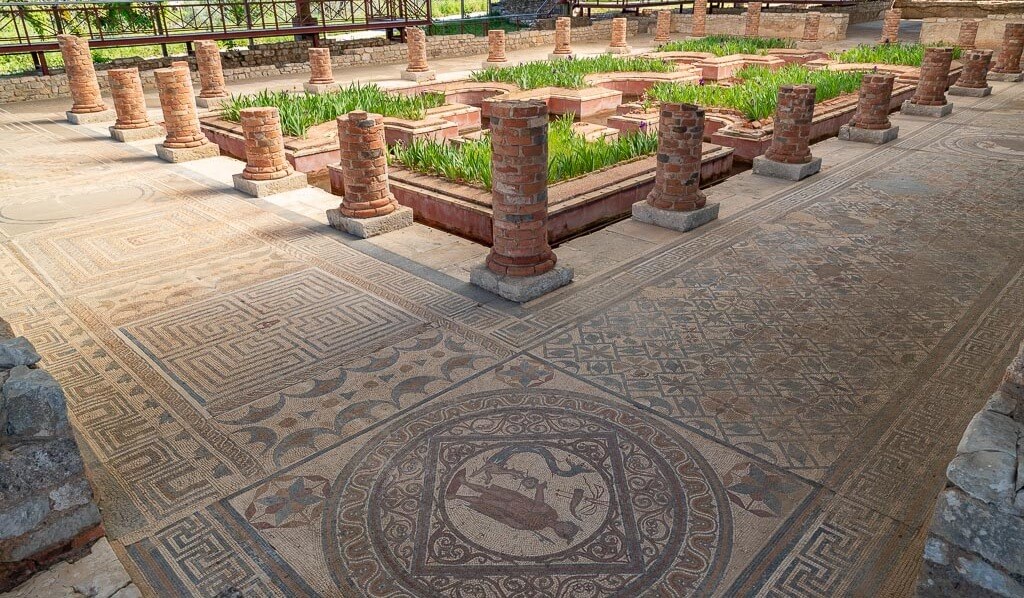
The ancient Conímbriga was a vital city in the Roman province of Lusitania. A visit to the ruins of this ancient city is of great interest to anyone with a taste for Roman history.
What makes Conímbriga so remarkable is that the intricately patterned floor in several rooms is still intact after 2000 years. The mosaics in the House of Fountains are perhaps the best Conímbriga has to offer.
You can also visit the ruins of the noble houses, which had interior gardens with carved ponds and brick columns.
Near the main city gate, you will find an amphitheater with a wooden stage and rows of benches, where shows are still occasionally held. Do not forget to stop by the museum, where exhibits of Roman life and society are displayed.
2. Museu Nacional do Azulejo
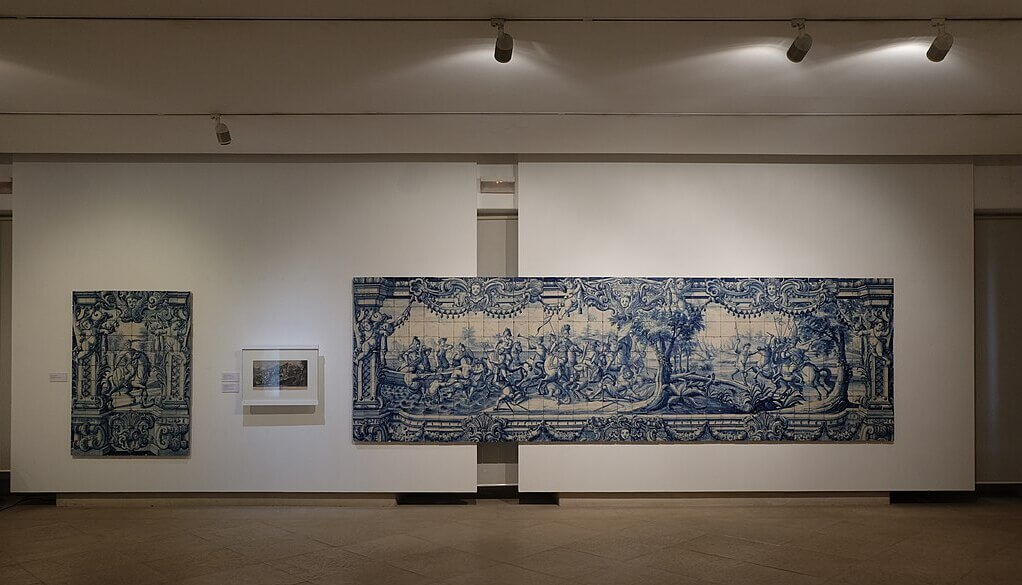
A one-of-a-kind museum dedicated to tile art is a must-see. The Museu Nacional do Azulejo, known in English as the National Tile Museum, is an art museum in Lisbon Housed in a 16th-century monastery.
Its collection takes you on a journey through the history of the azulejo (hand-painted tile) from the 15th century to the present day. Here you will find every kind of azulejo. Standout exhibits include:
- A 120-foot (36 m) long panel depicting Lisbon before the 1755 earthquake.
- A Manueline cloister with web-like vaults and exquisite blue-and-white azulejos.
- A gold-decorated Baroque chapel.
Related: Top London Museums and Galleries To Visit
3. Bookstores
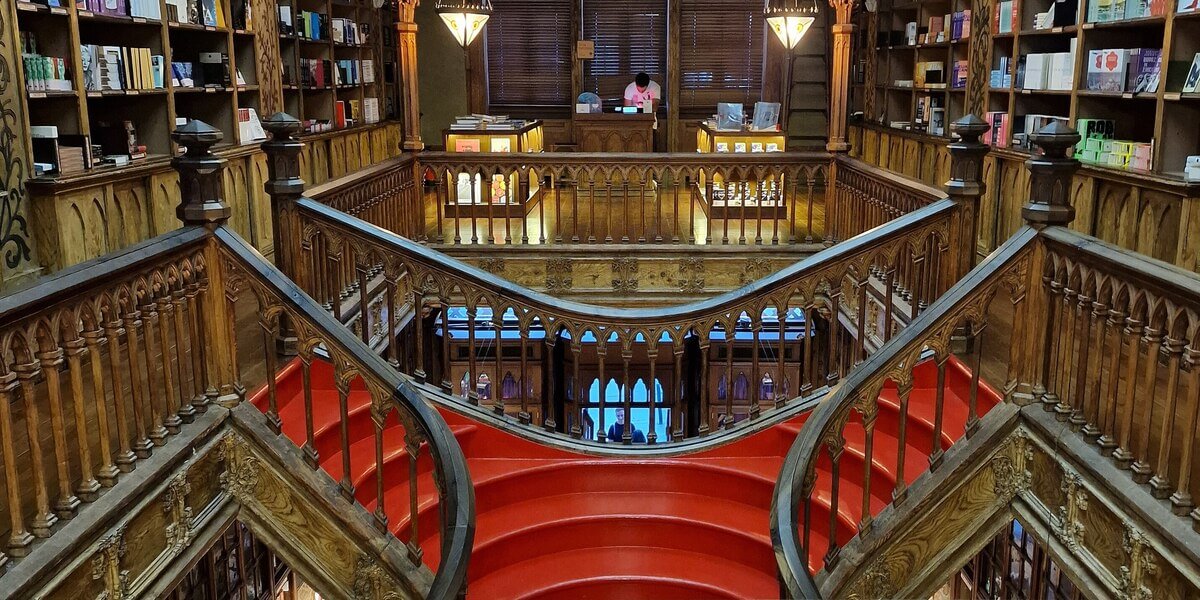
One of the most gratifying discoveries is the rich literary culture throughout Portugal. For one thing, it is the birthplace of many world-renowned writers such as Almeida Garrett, Fernando Pessoa, José Maria de Eça de Queirós, and Camilo Castelo Brancos.
But Portugal’s book culture is not limited to its internationally acclaimed authors. The country is also home to some of the world’s most famous bookstores.
The Livraria Bertrand (circa 1732) in Lisbon is the oldest bookstore in the world. Inside you’ll find countless Portuguese-language books, as well as a surprisingly large selection of works in Spanish, French and English.
When you buy a book, you have the option of having your book stamped, proclaiming that your purchase was made in the world’s oldest bookstore.
Another must-visit is Livraria Lello in Porto. It was made famous by the wizarding world of Harry Potter, after it was alleged that the wrought iron central staircase featured as the inspiration for a Harry Potter staircase at Hogwarts.
Whether this is true or not, there’s no denying that this is one of the most beautiful bookstores in the world. Walk in and you’ll soon be greeted by stunning art deco, art nouveau, neo gothic interior, grandiose staircases and beautiful stained glass windows.
Biblioteca Nacional de Portugal. It is not only the beautiful bookstores, but also the magnificent libraries that make Portugal one of the best destinations for book lovers.
A perfect example is The Biblioteca Nacional de Lisboa. With a collection of over 1 million books, including rare and out-of-print titles, the library covers all subjects and genres and is constantly expanding.
4. Lisbon Street Art
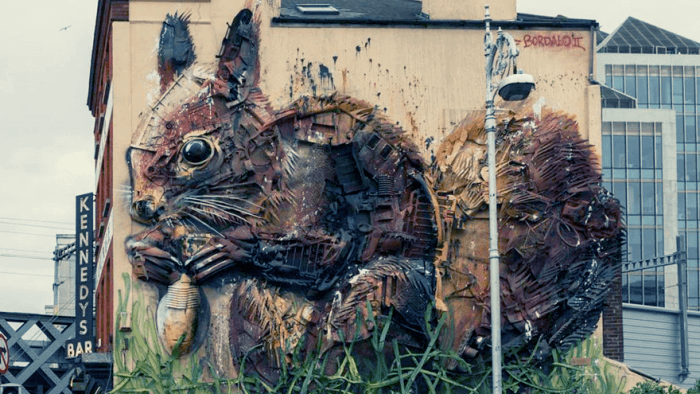
The Portuguese capital is now known worldwide as one of the cities with the best street art. Artists have transformed entire neighborhoods with giant murals and colorful graffiti.
And the most fascinating thing about it is the constant evolution of Lisbon – just when you think you have seen it all, a new mural pops up.
Some of the most popular murals include;
- The “Big Trash Animal” wall mural series by Bordalo II, a Portuguese artist renowned for his “trash art”. Bordalo II uses the everyday trash we throw away to create his animal murals as an awareness campaign against pollution.
- Adriana ‘DRI’ mural by Jacqueline De Montaigne. Her trademark is the inclusion of blue, which visually represents melancholy.
- Amália Rodrigues by Vhlis is a tribute to one of Lisbon’s most famous Fado singers. Located in the Alfama district, it was carefully crafted from thousands of cobblestone tiles.
- “A Tribute” in Mouraria It’s a beautiful outdoor photo exhibition by British photographer Camilla Watson that features more than 25 images of the elderly people who’ve lived in the neighborhood.
5. Fado Performances
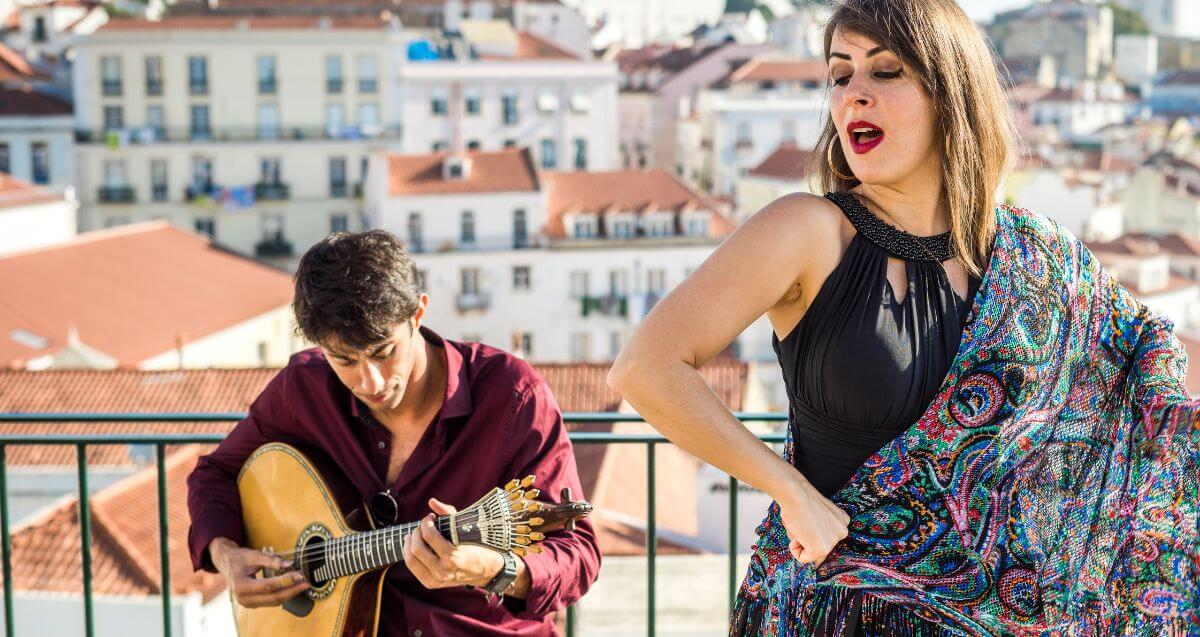
Recognized as part of the Intangible Cultural Heritage of Humanity by UNESCO, fado is a popular Portuguese tradition that encompasses music, lyrics, and movement.
The word fado means fate in Portuguese, but you probably know it as the traditional music genre. Fado songs are usually performed by a solo singer (male or female) and traditionally accompanied by the Portuguese guitar – a pear-shaped cittern with twelve wire strings that exist only in Portugal.
It is believed that the main themes of passion, destiny and regret have their roots in the ancient songs of African slavery and Portuguese sailors of the 14th and 15th centuries.
Fado performances take place every evening in Lisbon’s Alfama, Mouraria or Bairro Alto neighborhoods. Visit the Fado Museum in Lisbon to explore the history of fado in permanent and temporary exhibitions.
Related: Exploring Athens Rich Culture and History
6. Churches and Cathedrals
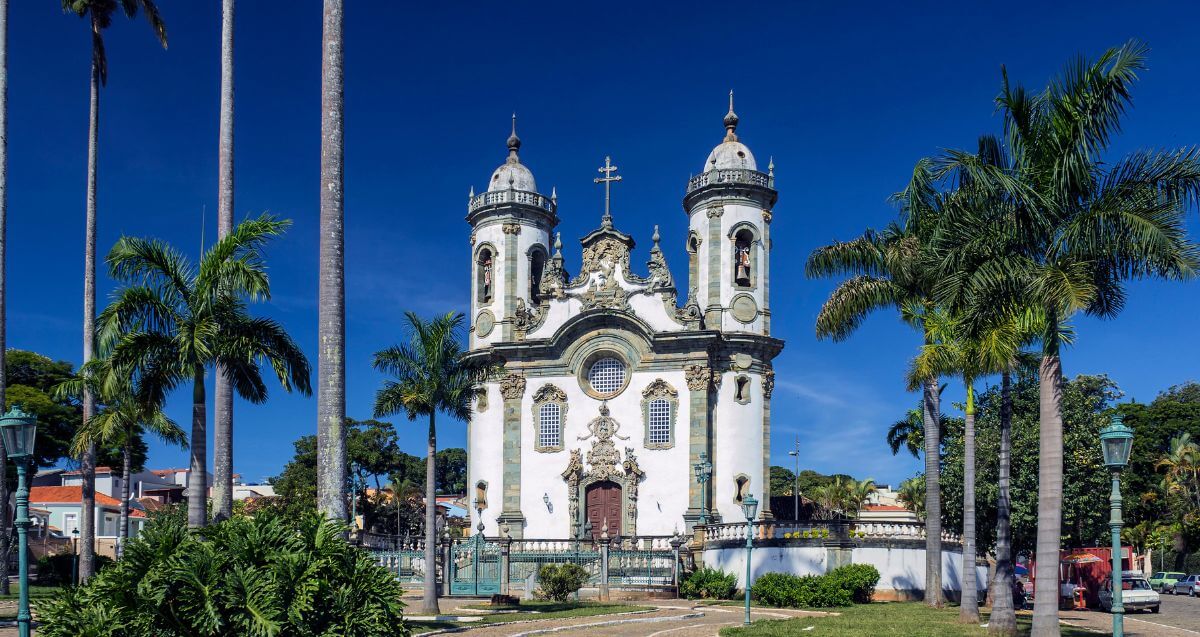
From monumental cathedrals to haunting church ruins, Portugal boasts some of the most stunning churches in Europe. They run in the hundreds, and it will be impossible to list them here.
To inspire you for your next visit to Portugal, here are some of my favorites:
Torre dos Clérigos– This Baroque-style bell tower was built in the 18th century by architect Nicolau Nasoni. At 249 feet tall, it is the tallest bell tower in Portugal. As you climb the 200 steps, you’ll have a magnificent view of the city of Porto and the Douro River.
The Capela dos Ossos – Translated in English as the Chapel of Bones, this small indoor chapel next to the entrance of the Church of St. Francis in Evora is not for the faint of heart. The walls and ceiling are lined with hundreds of human skulls and bones, all exhumed from the city’s graveyards in the 16th century.
Braga Cathedral in Braga, 55 km north of Porto, is one of Portugal’s most significant and oldest buildings. There is a popular saying: “As old as Braga Cathedral (Sé de Braga).” The building is an architectural masterpiece with a fusion of Gothic, Manueline, Baroque, Romanesque and Renaissance elements, similar to Notre Dame in France.
The Igreja de São Francisco, Located next to the Palácio da Bolsa, this may have a rather plain Gothic facade. But step inside, and you will immediately be fascinated by the detailed gilded woodwork covered by an immense amount of gold leaf.
7. The Monserrate Palace
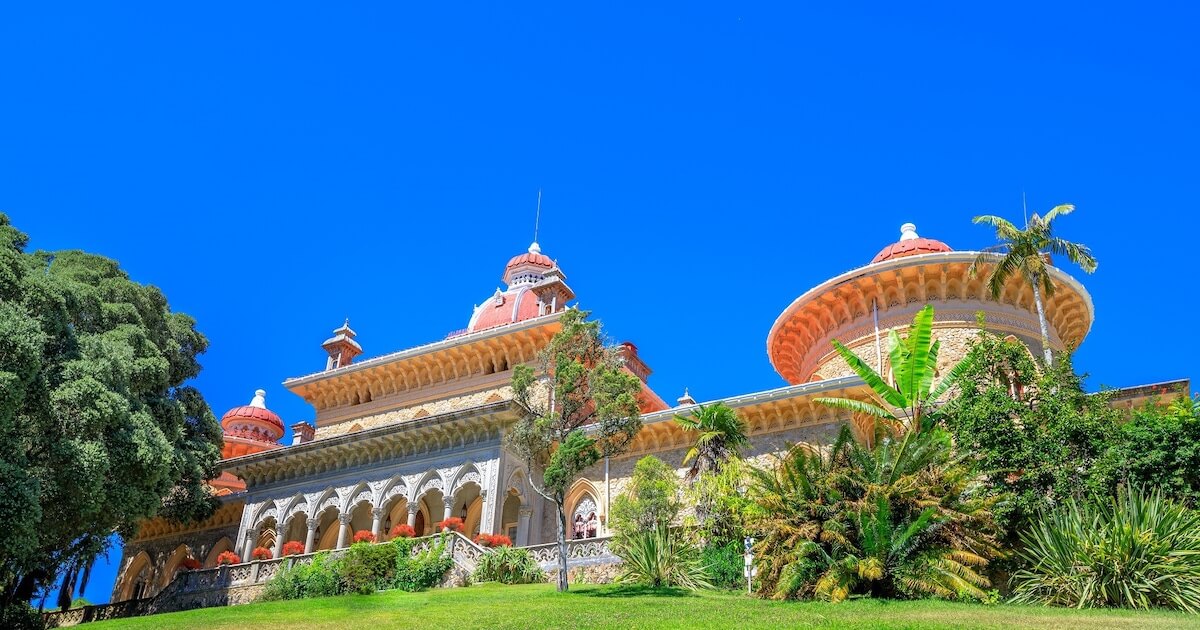
Many tourists head straight to Lisbon, but the forested hilltops of Sintra are home to some of Portugal’s most opulent palaces and castles. Among them, the colorful Palácio da Pena is perhaps the most popular, but I actually prefer the Monserrate Palace.
Its stunning architectural influences are a combination of Gothic and Indian with Moorish touches. Its botanical gardens are also considered some of the most beautiful in Portugal. The best part is its void of huge crowds that plague Palácio da Pena.
8. The Venice of Portugal, Aveiro
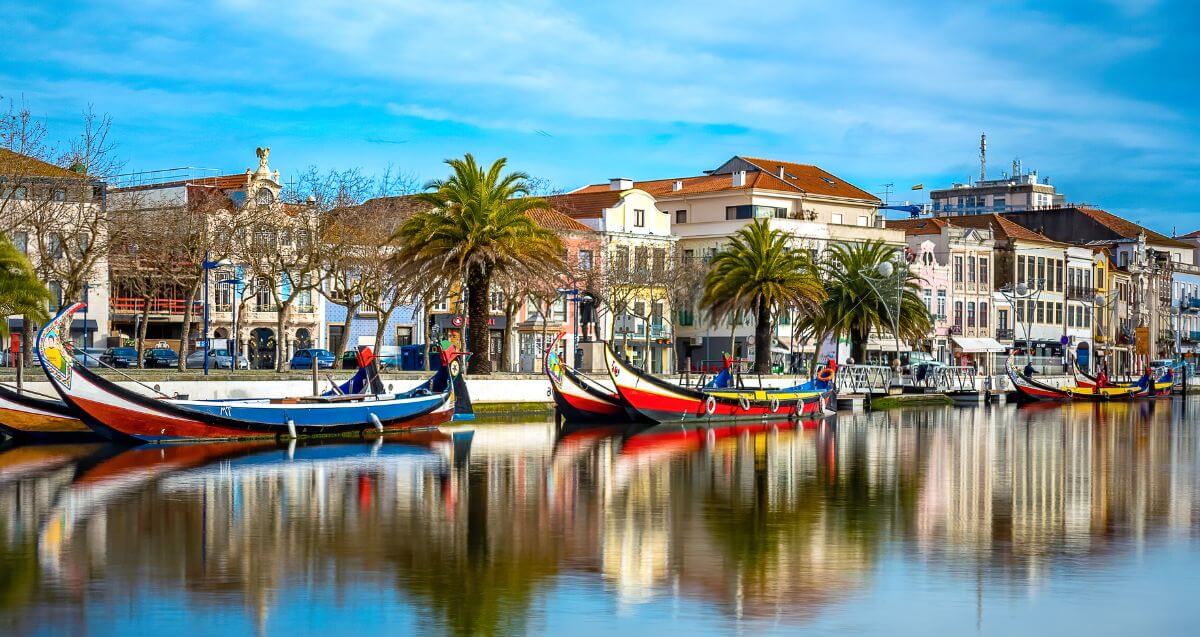
Often dubbed the Venice of Portugal, the picturesque city of Aveiro is famed for its beautiful canals, Nouveau architecture, and colorful gondolas (moliceiros). Located on the edge of the vast Ria de Aveiro lagoon, the beautiful city has been acclaimed for its melting pot of culture and architecture, from Romanesque chapels to ornate fountains.
This is architecture with a sense of romance and artistry that suits Aveiro perfectly—a town renowned for its classic Portuguese charm and quaint streets.
9. Castelo de Guimarães

The Castelo de Guimarães best symbolizes the role played by the town in defining the nation’s culture and tradition – it even appears on the Portuguese coat of arms. Originally built in the 10th century but substantially extended by Henry of Burgundy two centuries later, this imposing edifice sits atop a granite outcrop overlooking the picturesque town.
The outer wall, a formidable defensive barrier, is lined with battlements and fortified towers. The conical Torre de Menagem sits inside the castle walls, an imposing tower that has served as a keep, dungeon, and prison over the centuries.
A massive gatehouse guards the castle’s entrance, a courtyard holding the buildings comprising King Afonso’s palace. Here is where he was born (possibly) in 1111; he held court and ruled his kingdom; and here are some of the rooms in which he slept and dreamed of both triumph and disaster.
10. The National Coach Museum
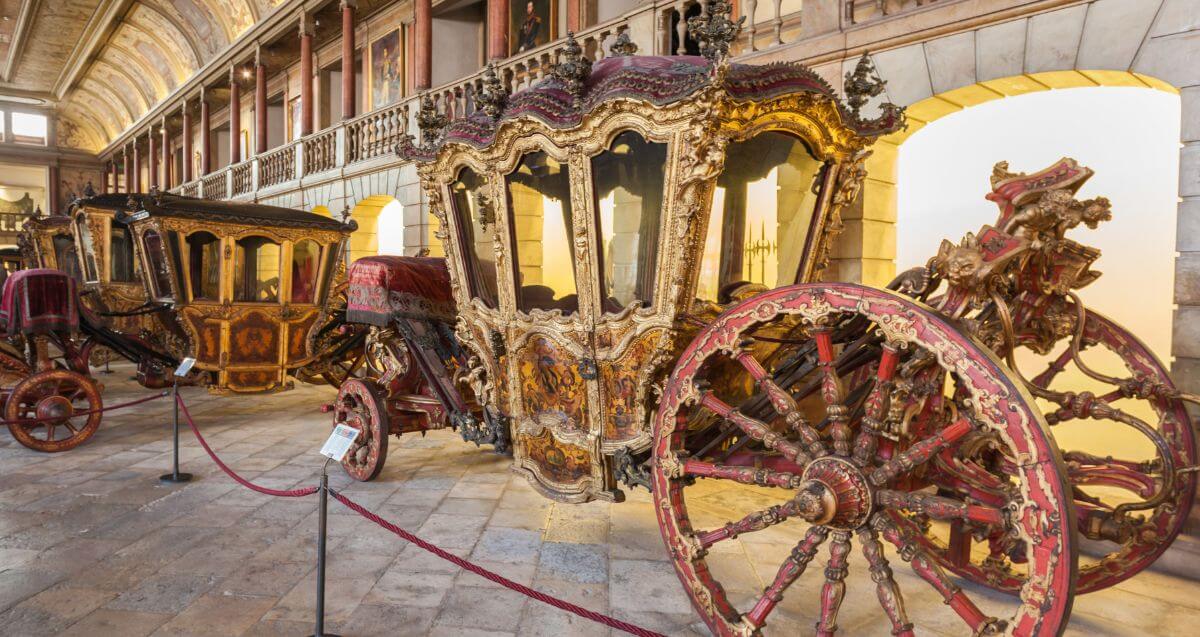
The National Carriage Museum in Lisbon is a small but unique and fascinating museum that houses one of the world’s most important collections of horse-drawn carriages.
Notable carriages include one that belonged to Philip II of Spain (1581 – 1598) and three Baroque-style carriages that belonged to Pope Clement XI. The idea for the creation of this space came from Queen Amélie of Orleães and Braganza (wife of King Carlos I), who wanted to display the horse-drawn vehicles of the royal family in a single place.
Until then, the dozens of carriages, Berlins and wagons of the Portuguese Crown were scattered throughout the country in various royal palaces. Queen Amélie recognized the historical and heritage value of these vehicles and thus found a way to enhance and preserve them.
The National Coach Museum opened at the old riding ring of the Palace of Belém on the 23rd of May, 1905. To commemorate its 110th anniversary, the museum was transferred to a brand new building designed by the Brazilian architect Paulo Mendes da Rocha.
***
- Part One: Most Popular Travel Destinations in Portugal
- Part Two: Portugal’s Burgeoning Culinary Scene
- Part Four: 8 Must-Visit Local Festivals
***
PLAN THE PERFECT TRIP TO PORTUGAL
Portugal has so much to offer in terms of art, architecture and history. Therefore, it is easy to get bogged down with all the options and not be able to decide which activities to choose and which to skip.
To avoid this overwhelm and actually have a memorable trip, consider hiring me as your personal travel advisor. I specialize in planning custom trips for clients who want more than the typical offerings you find on tour itineraries.
This means curating unique experiences that you would not have thought of yourself or even knew existed. I’ll also help you avoid the usual tourist traps. You don’t want to spend most of your trip in long queues to get into crowded sites! Whatever you want from your Portugal trip (or any other European country), I will work closely with you to design a custom trip based on your travel tastes and interests.
I will also be available to assist you with any last-minute changes, emergencies, or problems that may arise. Fill in my Travel Enquiry form, and I’ll be in touch as soon as possible.

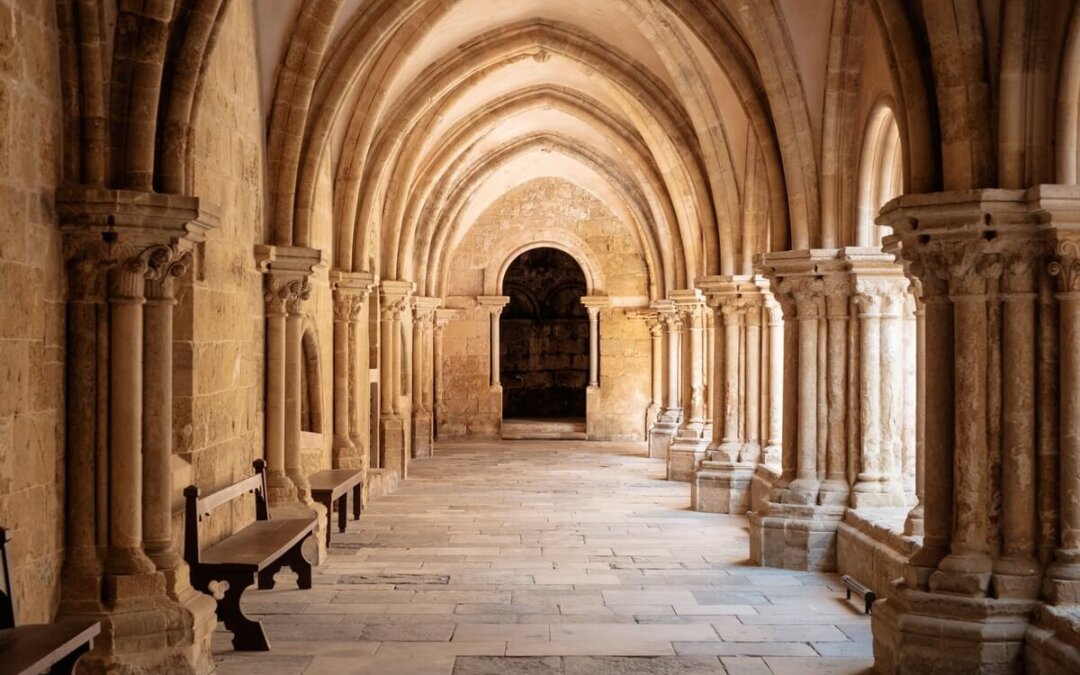
Trackbacks/Pingbacks